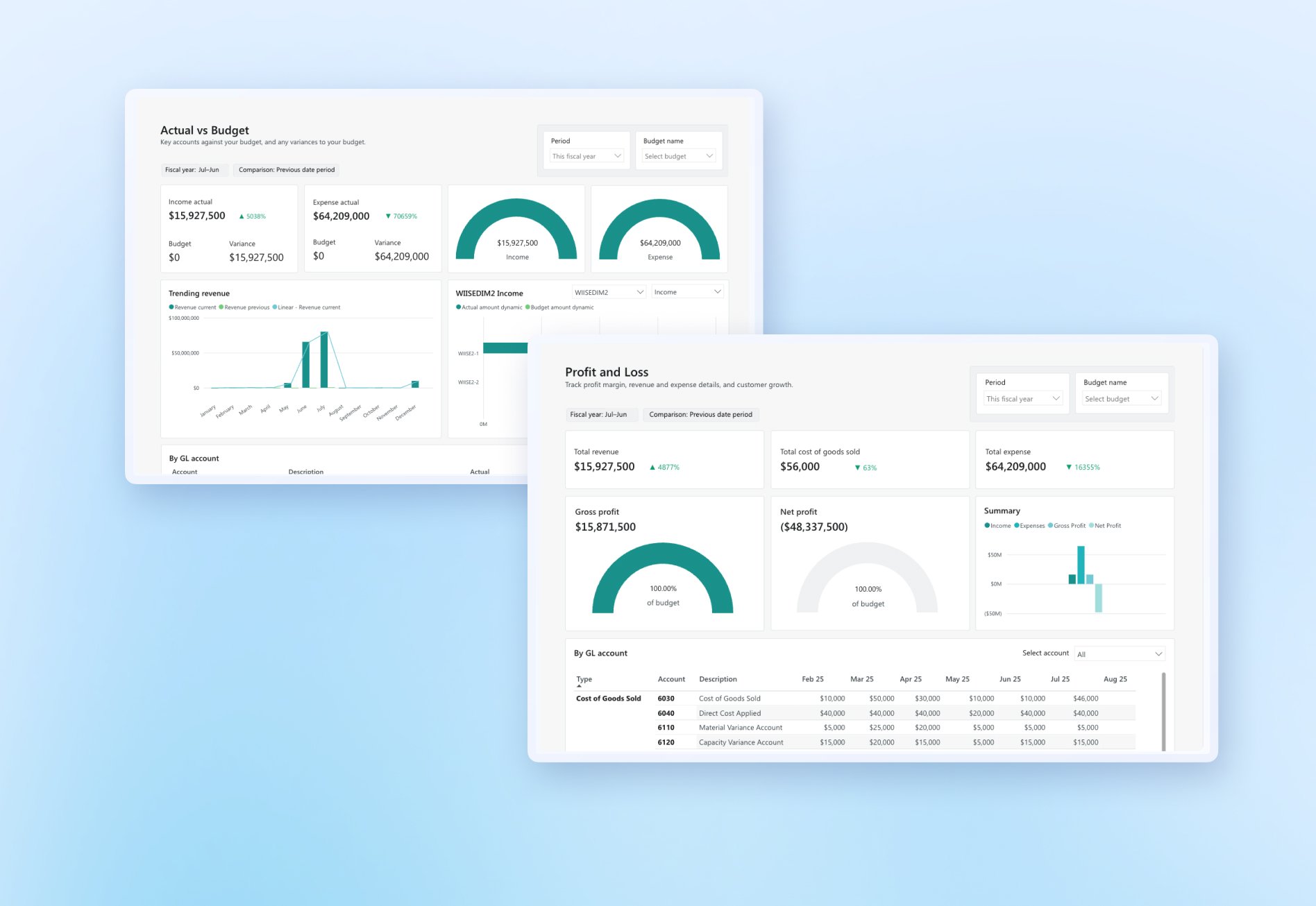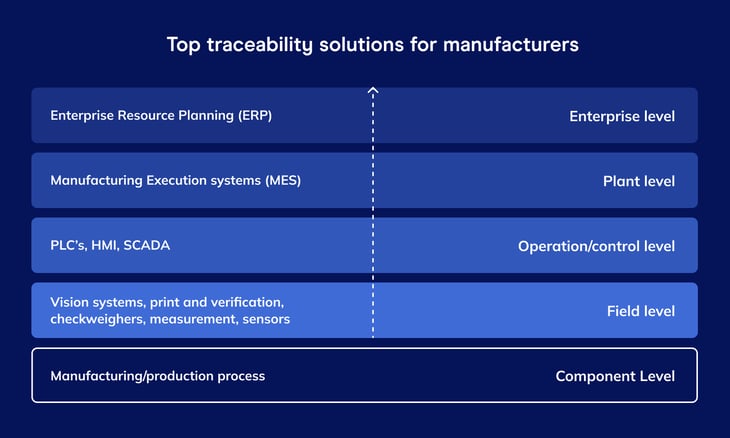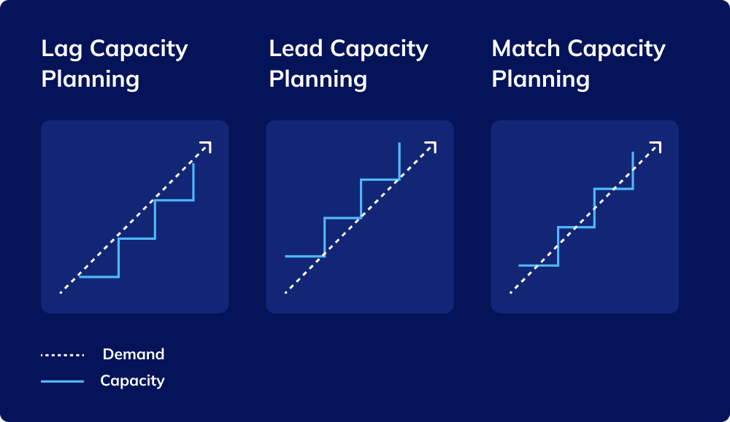Amongst all the hype with AI and ChatGPT there comes a time when we have to ask the question “How do we make this real for our customers, how do we make this tangible and useful?”.
Answering this isn’t as easy as it sounds. The parlour tricks of ChatGPTs ability to write about anything is good, but it pretty much ends in AAALM (“As an AI language model I cannot…..”). The hard stops, the limitations, and the end of the road for trust. There’s also the issue of how to build a system that has data integrity and security inbuilt. How do I take the innovation coming out of OpenAi / Anthropic / insert cutting-edge startup – and make that enterprise-ready? How can I do this and not feed future LLMs with my (or my customers’) data, how can I ensure this architecture is precise, secure, and held to the same security and compliance standards as the rest of my product?
Well, that’s really hard actually. Well, it would be if the perennial platform company that is Microsoft hadn’t partnered early and deeply with OpenAI. One thing Microsoft is really good at is enterprise-ready security and data architecture. And thankfully they’re not slow at bringing the abstraction of ChatGPT – aka Copilot to that enterprise-ready architecture. To illustrate what we’re talking about let’s look at two examples. Ron.ai and Copilot to reconcile bank feeds (including open banking).
Example 1 - Ron.ai
About 8 months ago we built a prototype RAG called Ron.ai.
Retrieval-Augmented Generation (RAG) is an advanced AI technique designed to enhance the capabilities of generative AI models by incorporating externally fetched facts into the generation process. This approach aims to improve the accuracy and reliability of the generated content by grounding the AI's responses in external, authoritative sources of knowledge beyond its initial training data.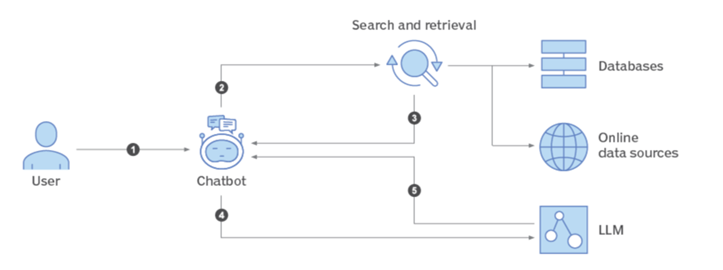
The primary components of RAG include a retrieval model and a generation model. The retrieval model searches through a dataset or knowledge base to find relevant information based on the input query. Then, the generation model, typically a large language model (LLM) like GPT, integrates this retrieved information to produce a coherent and contextually relevant response.
Ron.ai (named after Wiise’s Head of Customer & Partner Lifecycle Ron Gounder) was a simple RAG that was augmented by ingesting the knowledge base information at docs.wiise.com.
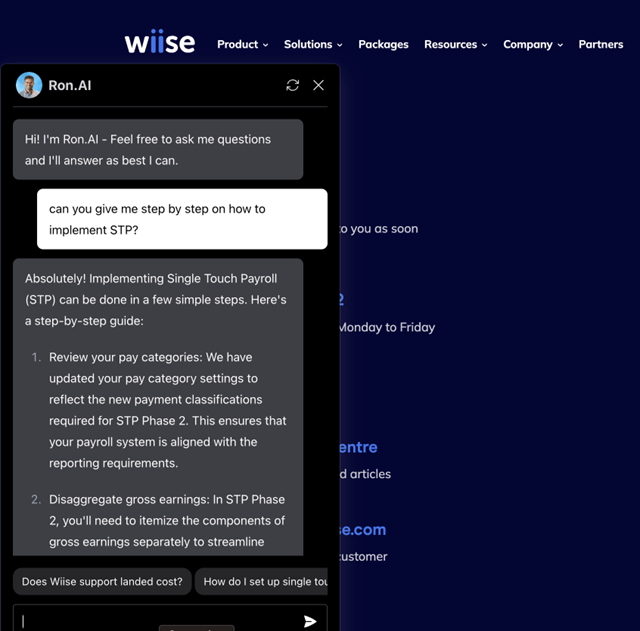
Using Chatbase.io (an early RAG generator) and latterly via OpenAI’s CustomGPTs we were able to build this and prefix the prompts so that Ron.ai would only answer questions based on facts in the supplied knowledge base. The problem here though was how do we turn this into a product and secure customer data (customer queries) and have a blueprint for RAGs that could be built from proprietary data that could provide a secure, trustworthy experience and be capable of passing the same stringent ISO / security and compliance requirements as the rest of the Wiise / KPMG stack?
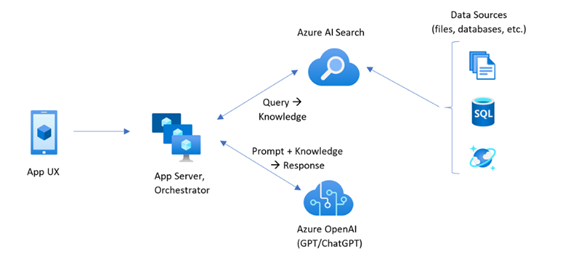
Enter the Microsoft RAG blueprint. This is where Microsoft take the innovation coming from OpenAI with ChatGPT and abstract / encapsulate that within the Copilot and Azure services - providing a safe and secure way of building an enterprise ready Ron.ai. So now we can get serious and deploy this in a trusted infrastructure with governance and rules that protect our data (and our customers data) from leaking back into the training data for the underlying LLM – or heaven forbid just out there on the internet (there have been examples of this all over the GenAI boom).
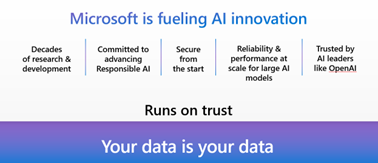
Example 2 - AI Powered Bank Reconciliation
The future of ERP and AI is to leverage the power of this shift in technology to great advantage. We can see lots of use cases – the challenge is how to make this secure. When we think about using the actual ERP data as a source connected to LLMs we might shudder at the thought of how to manage that security and trust. What if my (or my customer’s) most sensitive financial data became part of the future training data for an LLM? What if my data comes out the other end? What if my data ends up on the internet or worse for Wiise – what if our customers data ended up that way? This is the same challenge for all ERP vendors and providers. Plumbing your ERP live data into AI is a high risk game if you don’t get it right.
Enter Microsoft and their Copilot enterprise ready architecture / patterns / practices and blueprints.
As part of the next wave of Microsoft Dynamics Business Central (the underlying platform for Wiise) we’re about to get the ability to do bank feed reconciliation via Copilot – engineered and secured by Microsoft. Bookkeepers in SMB organizations need to import bank statements and reconcile transactions with their bank ledger entries, making sure all transactions are accounted for. While Business Central already reduces effort through rule-based transaction matching, the residual work to process the unmatched transactions every week remains cumbersome and quickly accrues to lost workdays. Copilot reduces bookkeeping effort by matching more transactions and suggesting G/L accounts to post the remaining transactions.
1+1 = 4. Now this gets even more interesting for us at Wiise as we have just worked (for about a year) to integrate Yodlee bank feeds into Wiise for Australia and New Zealand. In Australia this is the first step on the pathway to Open Banking with CDR (Consumer Data Rights). Ground breaking Open Banking integrated to Wiise and then reconciled with Microsoft Copilot = something completely unique for our customers (and it’s all built on an enterprise ready TRUSTED platform).
Summary
In a recent interview with iStart NZ I talked the about the need to get to tangible and valuable for our customers against the waves of AI hype. Our role as a trusted technology provider and ERP platform supplier is to be the operating system for the business. It’s also our role to abstract the complexity, after all our customers are not technologists, and to deliver meaningful innovation that’s safe secure and trustworthy.
Now that we have enterprise ready blueprints, patterns, and practices we can start to deliver on real innovation for our customers. The AI tools race goes so quick it almost becomes a level playing field and the differentiator becomes the data you can feed them as well as how you secure that data.
Other ERP vendors will not be so quick to the game and this is where Wiise can leverage the Microsoft trusted innovation framework and build our own solutions – rapidly and with trust inbuilt.
Ready to learn more?
Book a demo call with one of our friendly team members.
